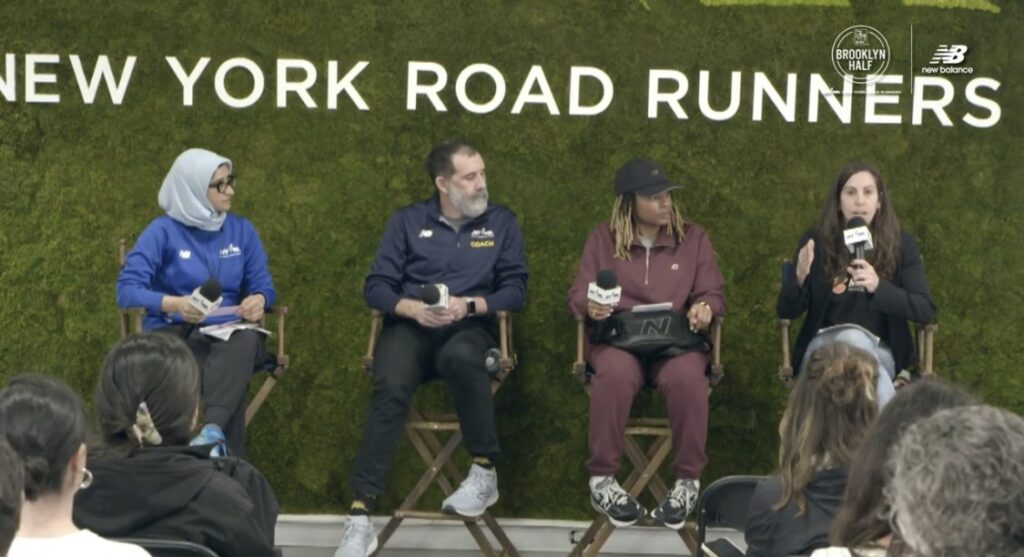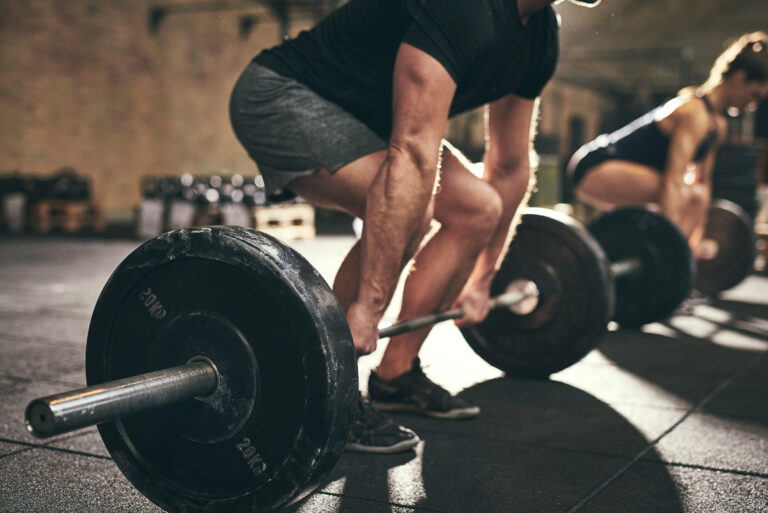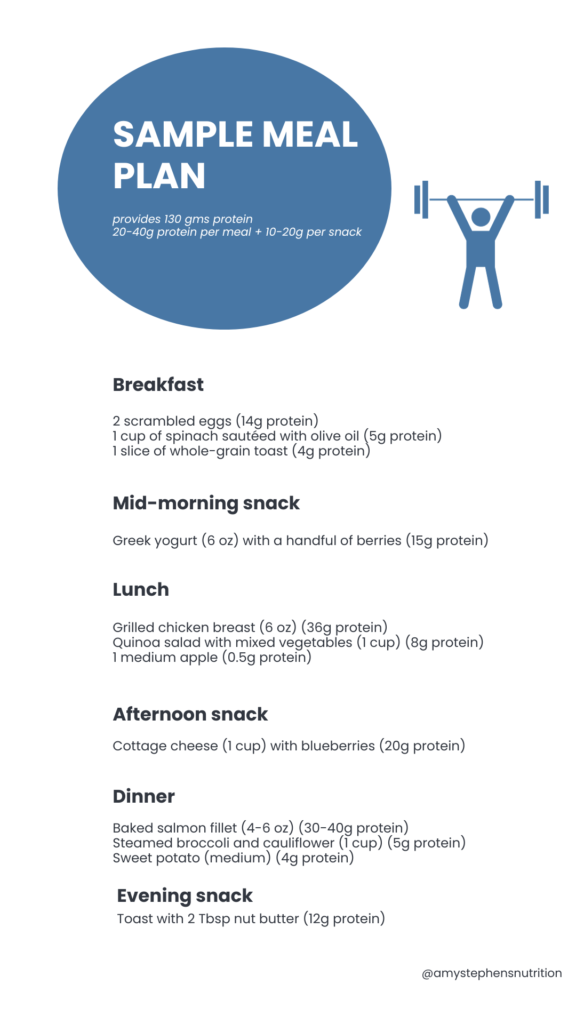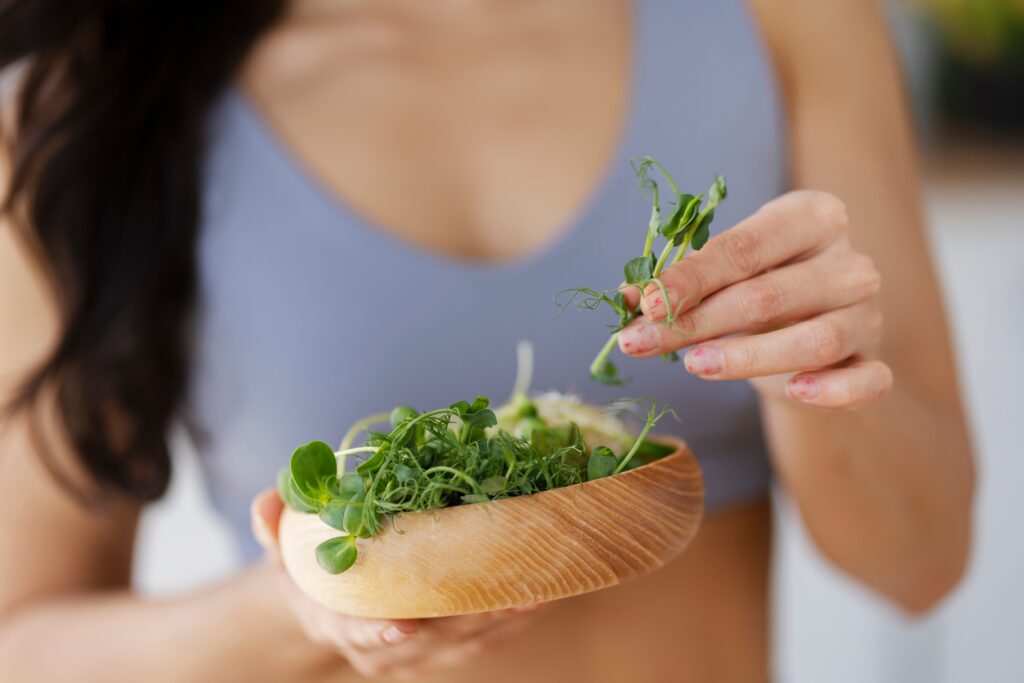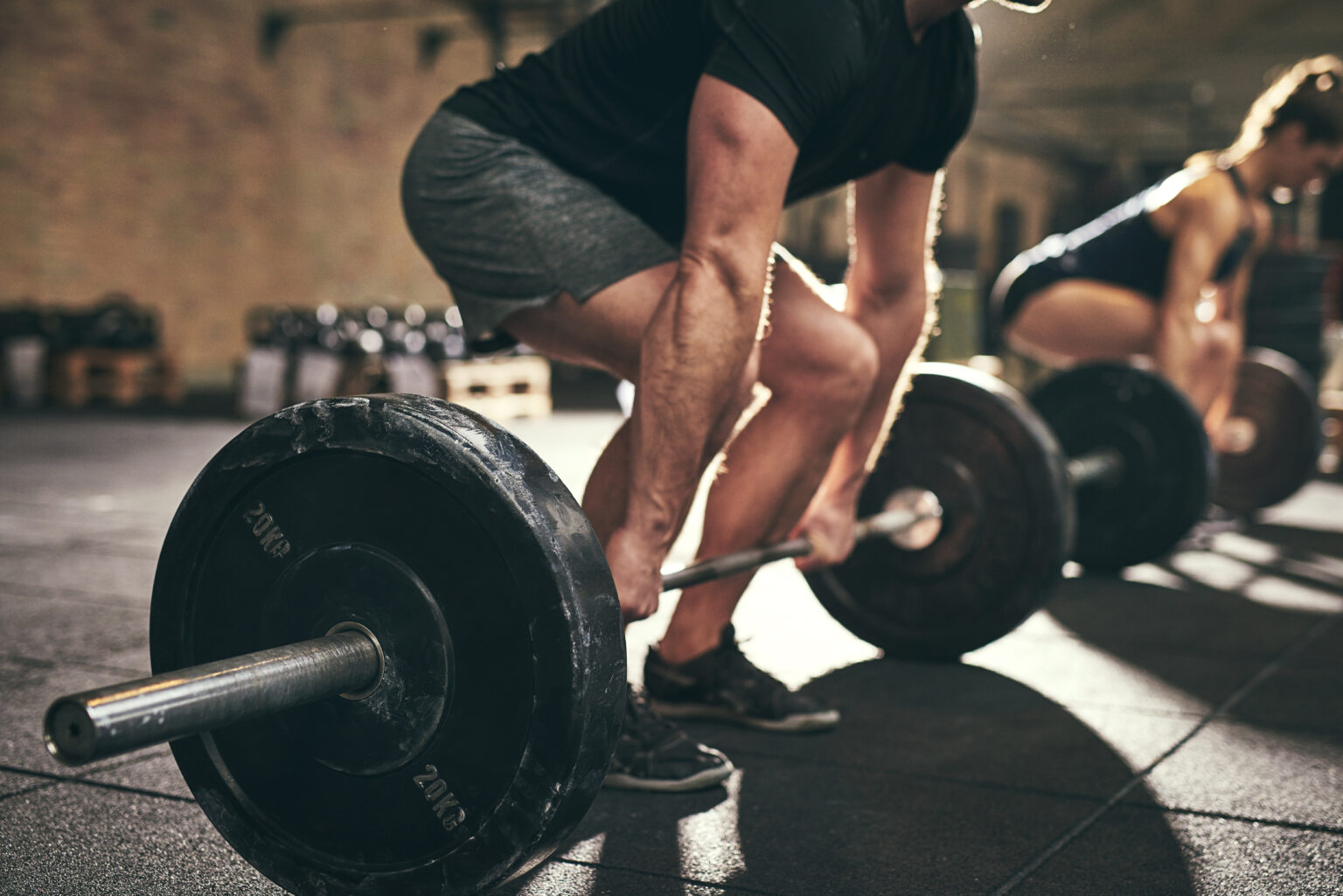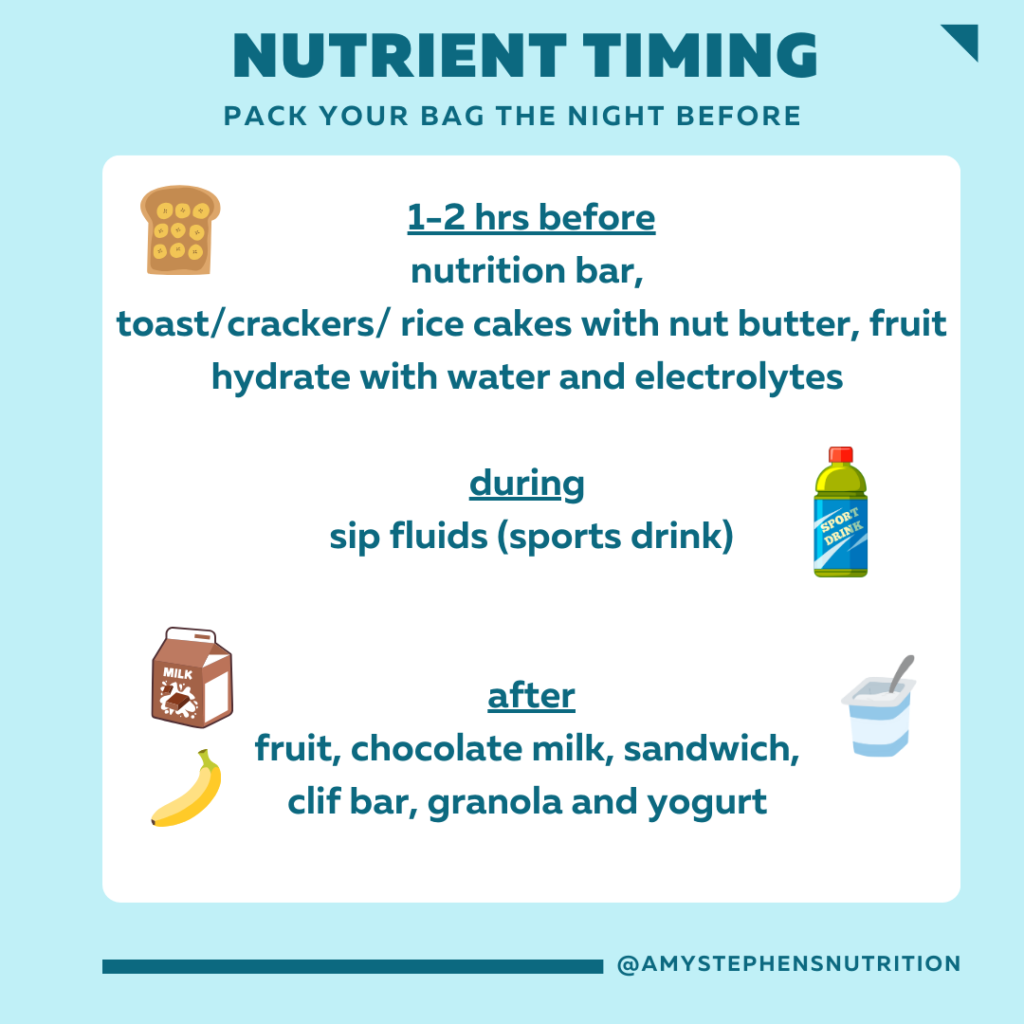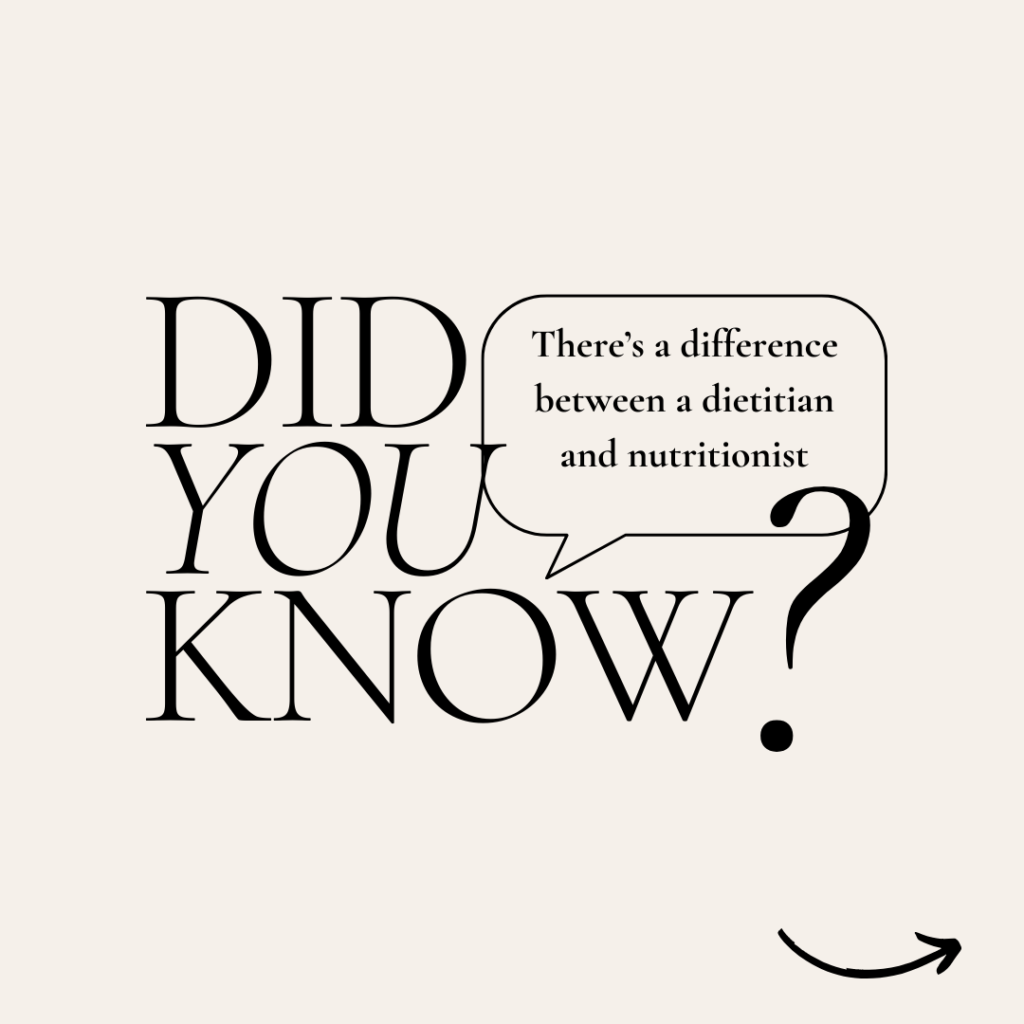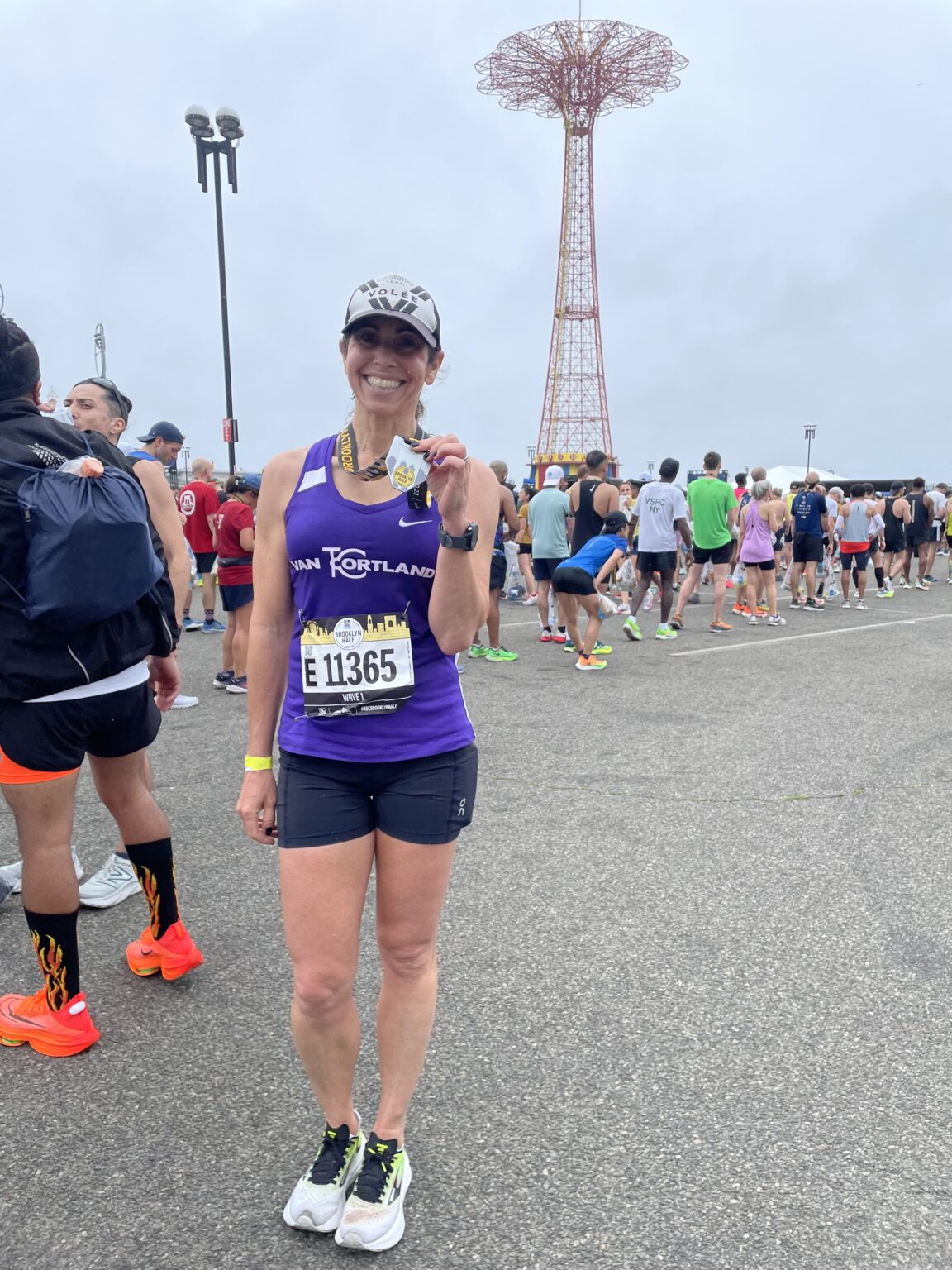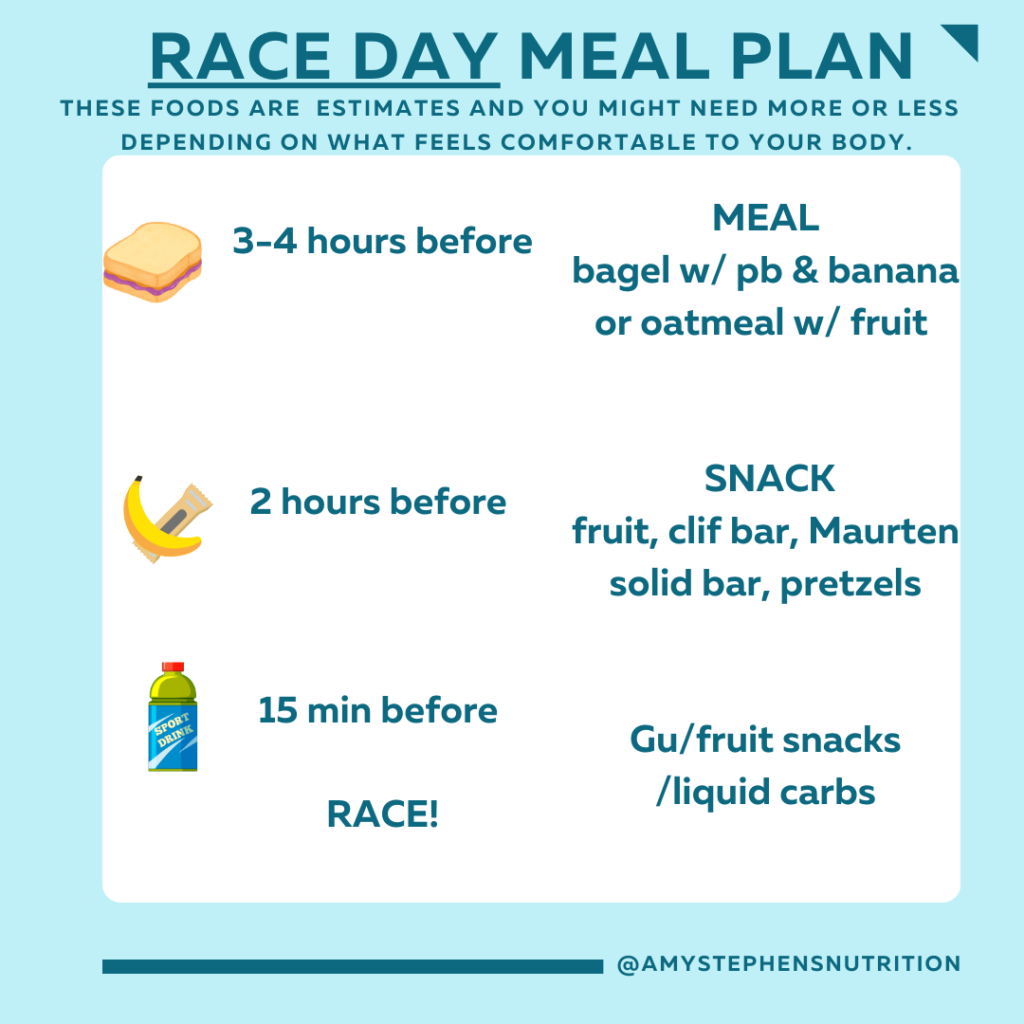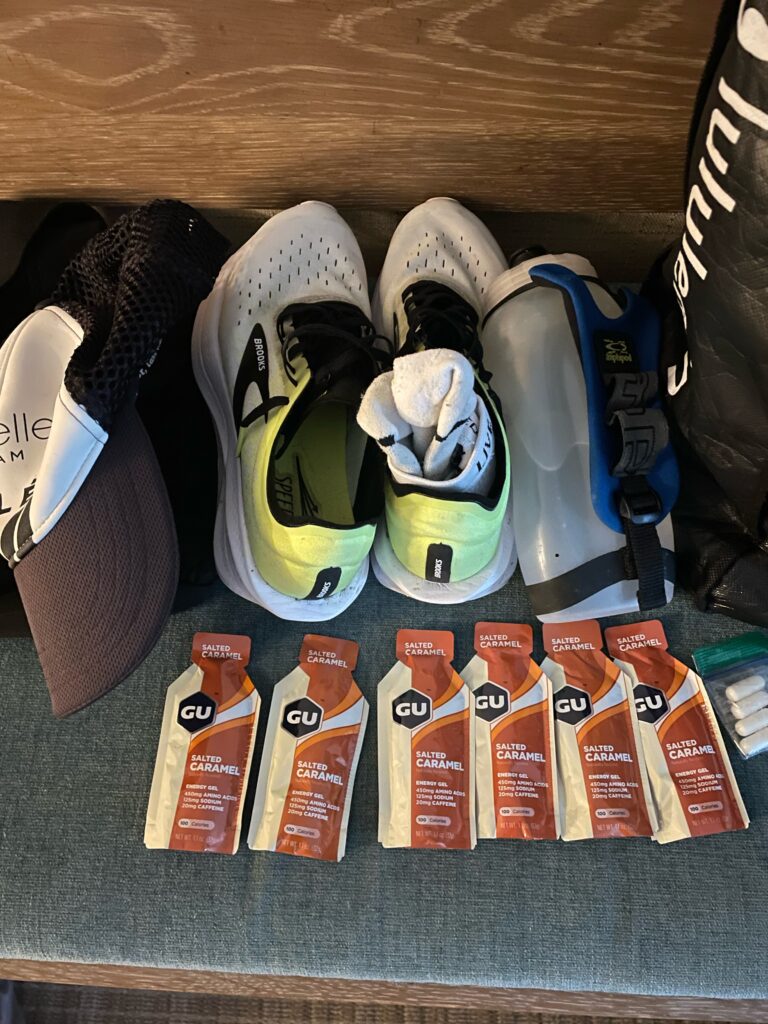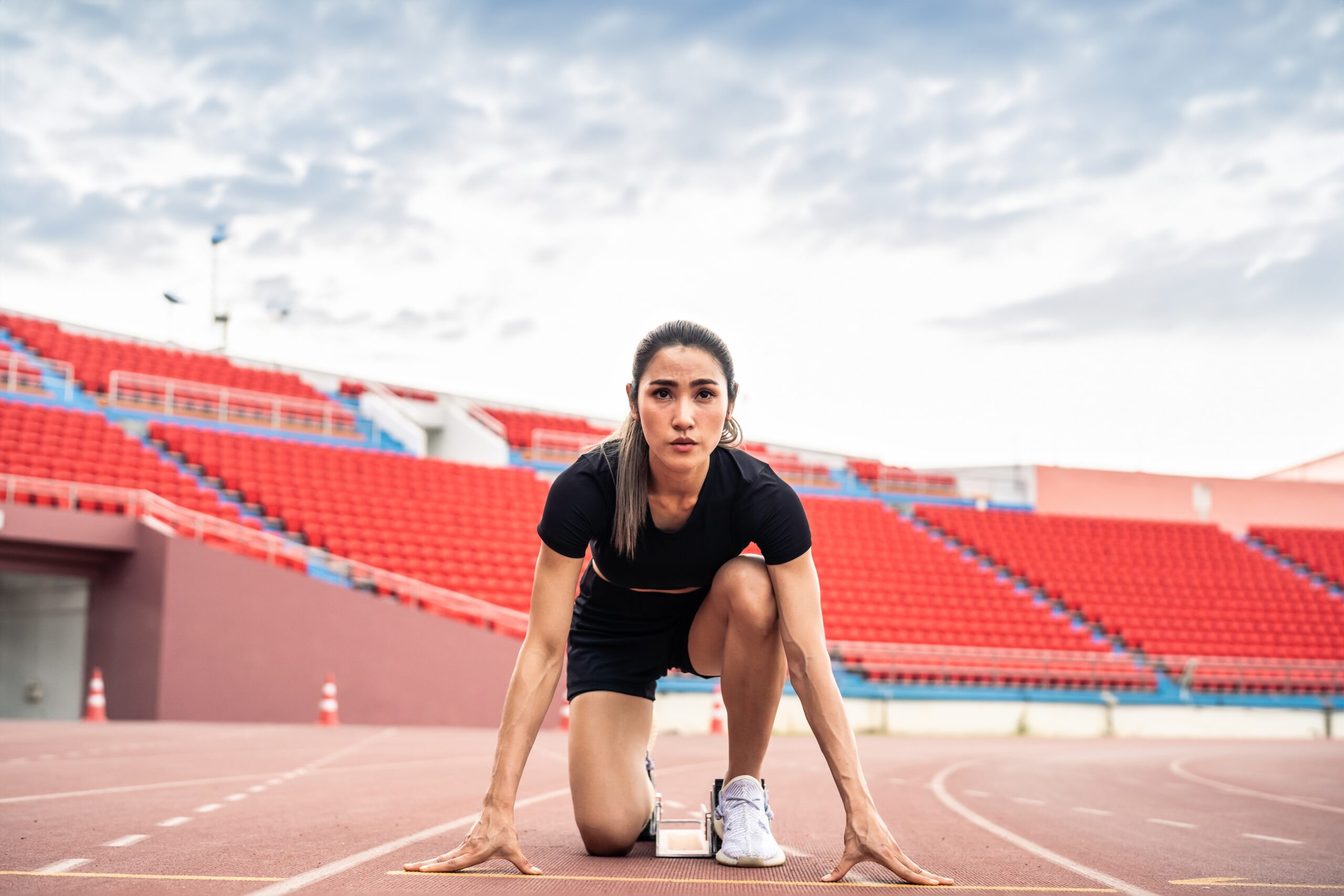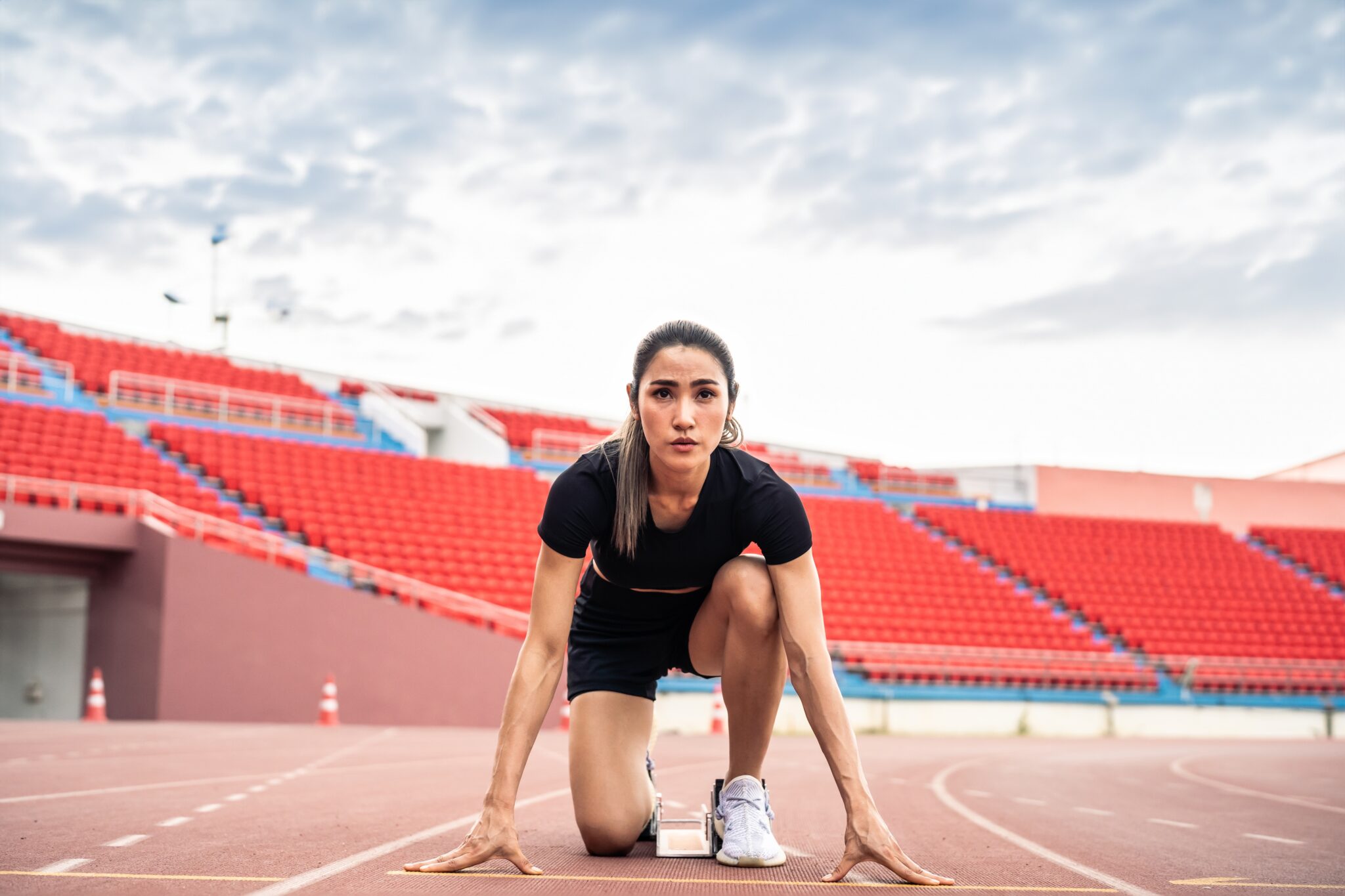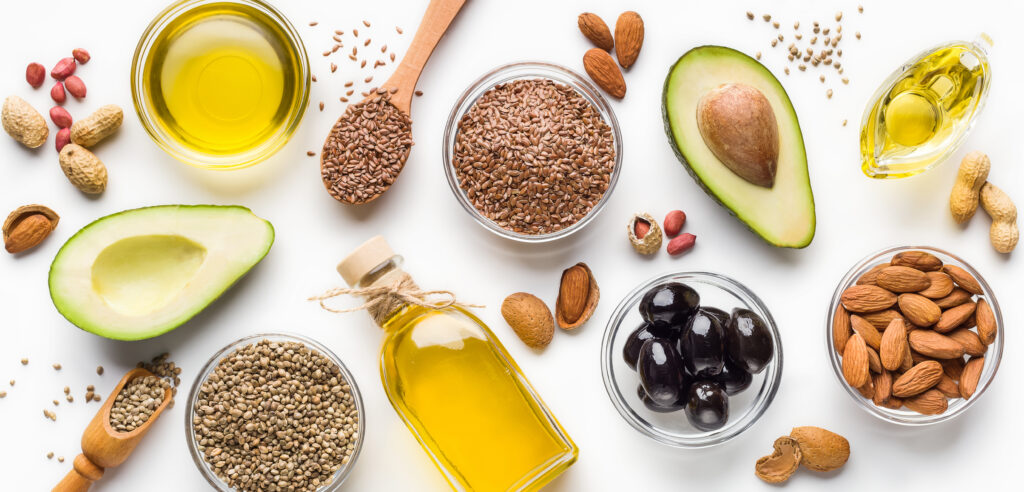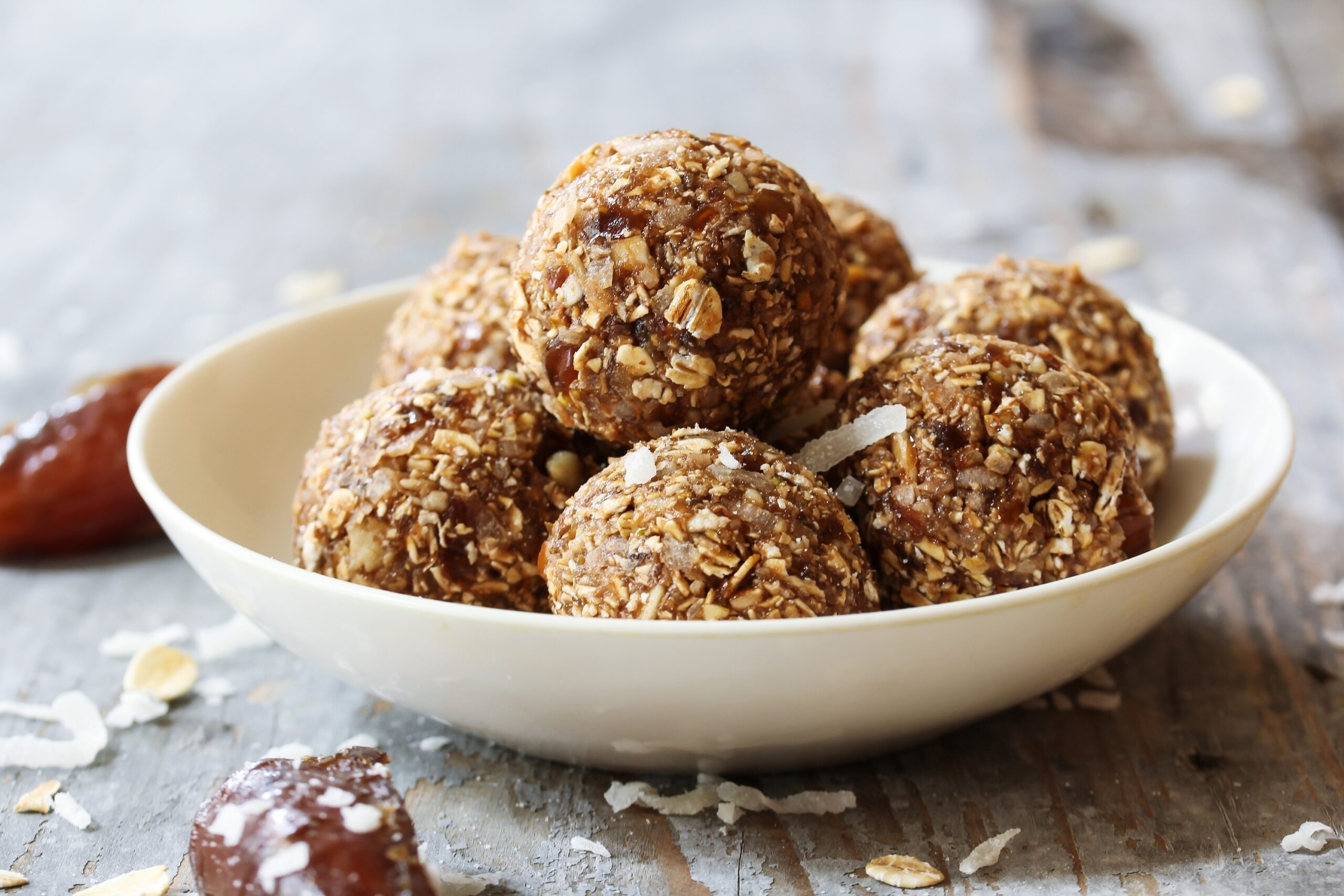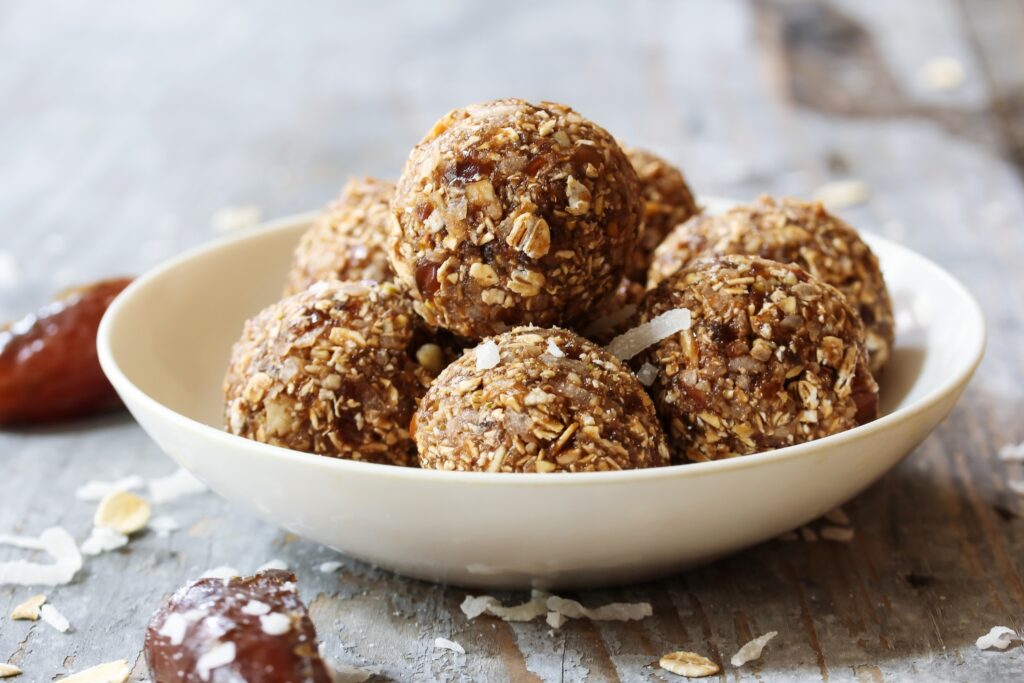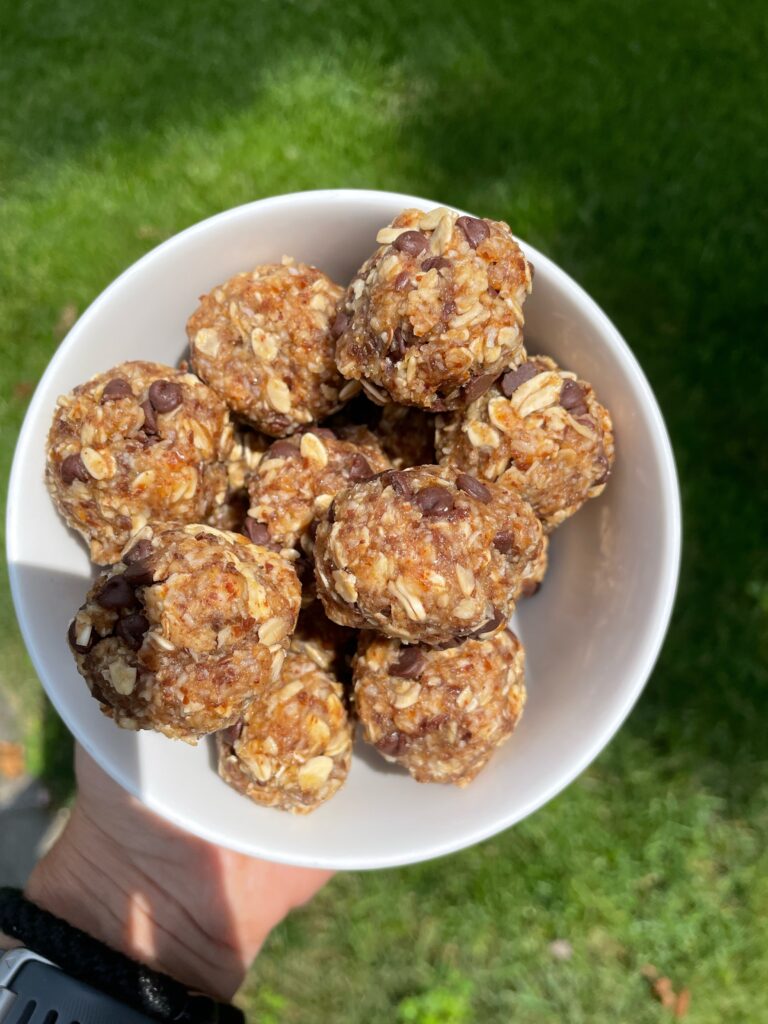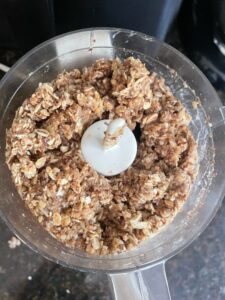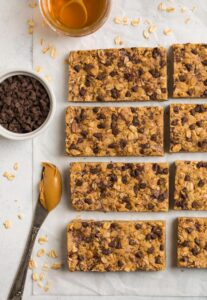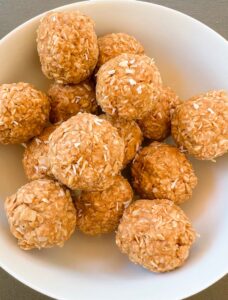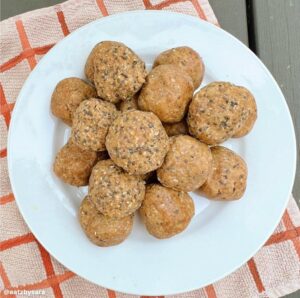Arcelus J, Mitchell AJ, Wales J, Nielsen S. Mortality Rates in Patients With Anorexia Nervosa and Other Eating Disorders: A Meta-analysis of 36 Studies. Arch Gen Psychiatry. 2011;68(7):724–731. doi:10.1001/archgenpsychiatry.2011.74
Bratland-Sanda S, Sundgot-Borgen J. Eating disorders in athletes: overview of prevalence, risk factors and recommendations for prevention and treatment. Eur J Sport Sci. 2013;13(5):499-508. doi: 10.1080/17461391.2012.740504. Epub 2012 Nov 13. PMID: 24050467.
Deloitte Access Economics. The Social and Economic Cost of Eating Disorders in the United States of America: A Report for the Strategic Training Initiative for the Prevention of Eating Disorders and the Academy for Eating Disorders.June 2020. Available at: https://www.hsph.harvard.edu/striped/report-economic-costs-of-eating-disorders/.
Eichstadt, M., Luzier, J., Cho, D., & Weisenmuller, C. (2020). Eating disorders in male athletes. Sports Health: A Multidisciplinary Approach, 12(4), 327–333. https://doi.org/10.1177/1941738120928991
Flatt, R., Thornton, L., Fitzsimmons‐Craft, E., Balantekin, K., Smolar, L., Mysko, C., Wilfley, D. E., Taylor, C. B., DeFreese, J. D., Bardone‐Cone, A. M., & Bulik, C. M. (2021). Comparing eating disorder characteristics and treatment in self‐identified competitive athletes and non‐athletes from the National Eating Disorders Association Online Screening Tool. International Journal of Eating Disorders, 54(3), 365–375. https://doi.org/10.1002/eat.23415
Ghoch M, et al. Eating disorders, physical fitness and sport performance: a systematic review. Nutrients. 2013 Dec 16;5(12):5140-60. doi: 10.3390/nu5125140. PMID: 24352092; PMCID: PMC3875919.
Paul A. Krebs, Christopher R. Dennison, Lisa Kellar, Jeff Lucas, “Gender Differences in Eating Disorder Risk among NCAA Division I Cross Country and Track Student-Athletes”, Journal of Sports Medicine, vol. 2019, Article ID 5035871, 5 pages, 2019. https://doi.org/10.1155/2019/5035871

